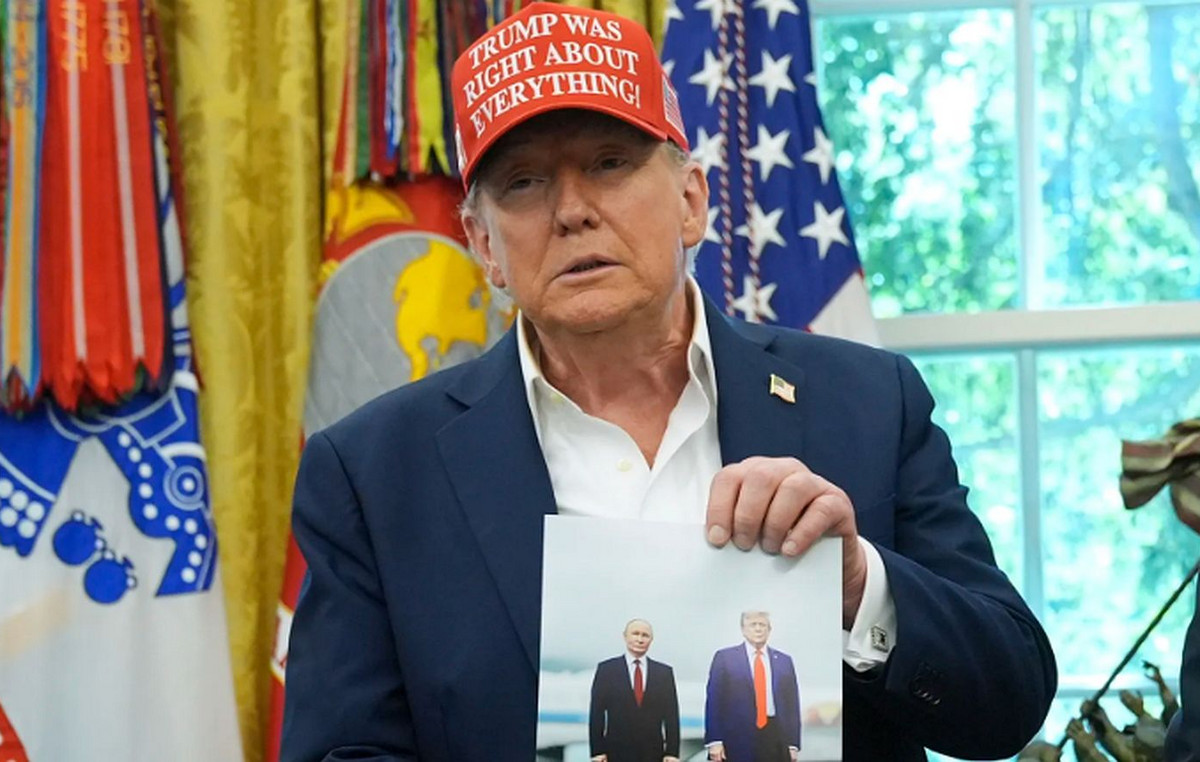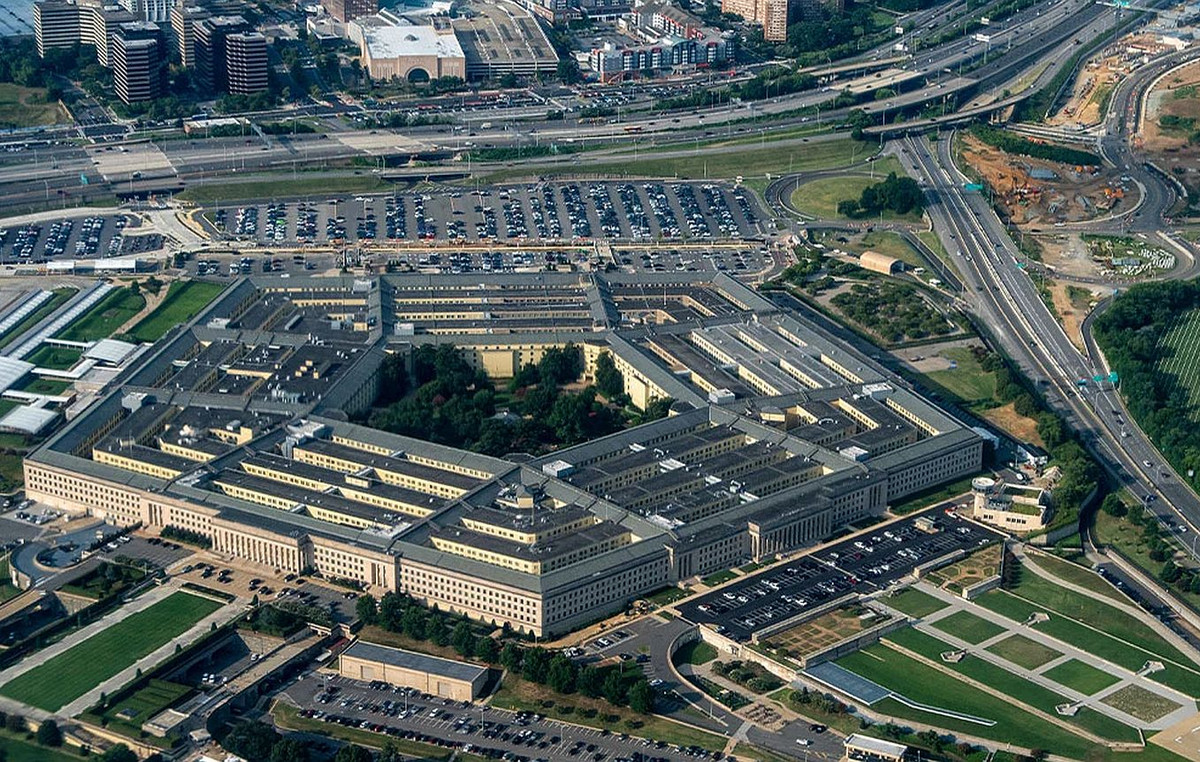- Indian rupee is strengthened against the US dollar while investors reassess the attractiveness of safe dollar shelter.
- Trump seeks to select Powell’s successor since he has supported stable interest rates.
- It is anticipated that the Indian economy will grow 6.4% this year.
Indian rupee (INR) strives to extend its upward movement against the US dollar (USD) during the European session on Friday after registering a new two -week maximum when opening. The USD/INR struggles to maintain its immediate minimums around 85.47 while the US dollar (USD) continues low yield, after the attack of the president of the United States (USA) Donald Trump to the independence of the Federal Reserve (Fed), which has raised the bets dovish.
During the Asian session, the US dollar index (DXY), which follows the value of the dollar against a basket of currencies, struggled to maintain the minimum of three and a half years around 97.00 registered on Thursday.
After the testimony of the president of the FED, Jerome Powell, in which he pointed out that the consideration of interest rate cuts at a time when the Central Bank struggles to measure the scope of the sensitivity of tariffs to inflation and the economy is inappropriate, the president of the US Replacement.
This move led investors to reassess the exceptionalism of the US dollar, assuming that Fed’s future decisions will be motivated by a political agenda, and not by fundamental economic risks.
Societe Generale analysts said: “The market is valuing that President Trump will appoint someone at least at first glance seems more nice to his cause.”
This also led the operators to increase bets in favor of the FED to reduce interest rates at the July policy meeting. According to the CME Fedwatch tool, the probability that the Fed cuts interest rates in July has increased to 20.7% from 12.5% seen a week ago.
What moves the market today: Indian rupee capitalizes the strong purchase of FII
- In the domestic front, Indian rupee wins in front of its main peers on Friday due to strong entries of foreign capital and a price of weak oil. Foreign institutional investors (FII) bought Indian shares worth 12,594.38 million rupees on Thursday, the highest view this month. This has also led Indian indices to their highest levels of the year to date. At the time of writing, the NIFTY50 rises 0.2% around 25,600 and the Sensex30 strives to exceed 84,000.
- A weak oil performance about its minimum of two weeks after the announcement of the high fire between Israel and Iran has strengthened the currencies of those economies that meet their energy needs through the importation of oil, such as Indian rupee.
- Meanwhile, economists have projected a slightly slower gross internal product (GDP) for the current fiscal year ending in March 6.4%, compared to the growth of 6.5% seen last year, according to a Reuters survey. Economists have projected slower growth even though the Bank of the Reserve of India (RBI) has advanced cuts in interest rates.
- This would be the most modest GDP growth since the 2020-2021 period, which was impacted by the pandemic. Despite a slight deceleration, India will continue to be the fastest growing world economy due to the strong government expense.
- Looking ahead, the next trigger for Indian rupee will be the commercial conversations between Washington and New Delhi before the deadline of 90 days of pause in the imposition of reciprocal tariffs, which is July 9. The Indian economy was expected to be the first country to ensure a bilateral agreement with the US after the announcement of reciprocal tariffs. However, the announcement of the agreement was postponed due to the Indian-Pakistan conflict in mid-May.
- In the US region, investors expect the data of the Personal Consumption Expenditure Index (PCE) for May, which will be published at 12:30 GMT. The Fed preferred inflation indicator is expected to show that inflationary pressures grew at a faster year -on -year rate.
Technical Analysis: The USD/INR operates below the 20 -day EMA, indicating a bearish trend
The USD/INR pair slides below the exponential mobile socks (EMAS) of 20 and 50 days, which are negotiated around 85.86 and 85.72, respectively, suggesting that the short term has become bassist.
The 14 -day relative force (RSI) index falls below 50.00 after remaining above 60.00 in the last days of negotiation, indicating a strong bearish reversal.
Looking down, the 200 -day EMA around 85.35 will act as a key support for the torque. On the positive side, the maximum of Wednesday of 86.13 will be a critical obstacle to the pair.
Economic indicator
Underlying personal consumer expenses index (annual)
The Personal Consumption Expenditure Index (PCE), published monthly by the US Economic Analysis Officemeasures the changes in the prices of goods and services bought by consumers in the United States (USA). The PCE price index is also the preferred inflation indicator of the Federal Reserve (FED). The interannual reading compares the prices of the goods in the month of reference with the same month of the previous year. The underlying reading excludes the most volatile components of food and energy to give a more accurate measurement of pressures on prices. Generally, a high reading is bullish for the US dollar (USD), while a low reading is bassist.
Read more.
Next publication:
Old Jun 27, 2025 12:30
Frequency:
Monthly
Dear:
2.6%
Previous:
2.5%
Fountain:
US Bureau of Economic Analysis
After publishing the GDP Report, the US Economic Analysis Office publishes the data of the Personal Consumer Expenses Price Index (PCE) together with monthly changes in personal expenses and personal income. FOMC policies formulators use the basic annual PCE price index, which excludes volatile food and energy prices, such as their main inflation indicator. A stronger reading than expected could help USD overcome their rivals, as it would insinuate a possible radical change in the forward orientation of the Fed and vice versa.
Source: Fx Street
I am Joshua Winder, a senior-level journalist and editor at World Stock Market. I specialize in covering news related to the stock market and economic trends. With more than 8 years of experience in this field, I have become an expert in financial reporting.







